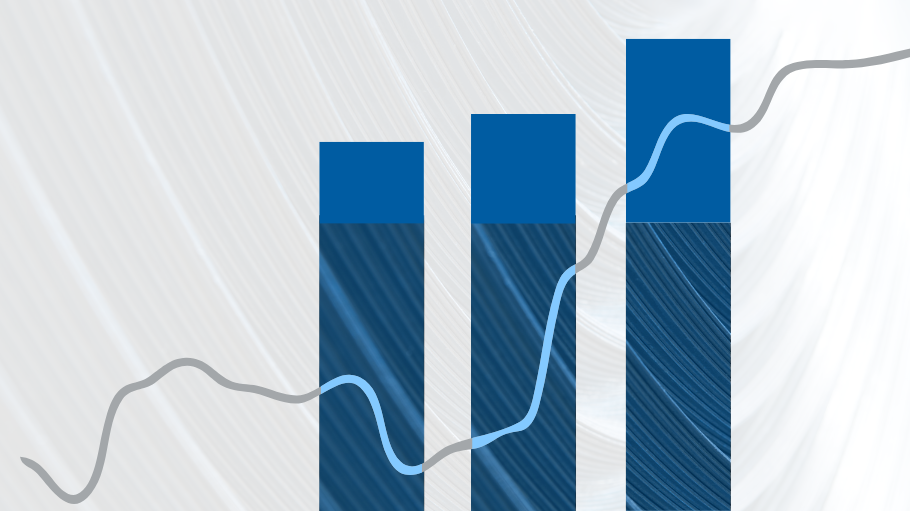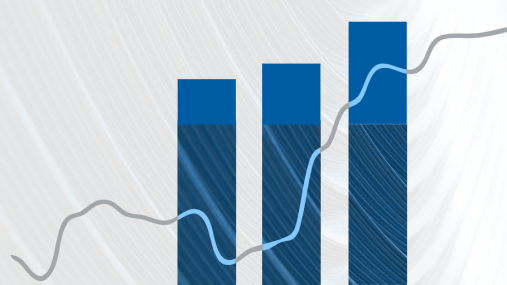
Press releases » Persisting downside factors deepen downturn in 2023 and curb steel demand rebound in 2024
Persisting downside factors deepen downturn in 2023 and curb steel demand rebound in 2024
Downloads and links
Recent updates

Brussels, 08 February 2024 – Lingering adverse conditions are set to exacerbate the recession in 2023 while slowing down the anticipated steel market recovery in 2024. Ongoing conflicts, prolonged uncertainty in energy prices and monetary tightening due to persistent inflation, combined with a bleak economic outlook, have further impacted apparent steel consumption (-6.3%) over the past year. This unpredictability is expected to constrain its rebound (+5.6%, previously projected at +7.6%) in the current year, against the backdrop of subdued industrial output (+0.2%) in steel-using sectors. Despite dwindling demand, imports steadfastly uphold their market share (27%), which exceeds historical levels.
“The European steel industry cannot yet see the light at the end of the tunnel. None of the factors contributing to the decline in steel demand and production have improved, nor are they expected to improve in the foreseeable future. We still lack solutions for high energy prices, and new instruments such as the Carbon Border Adjustment Mechanism and the Global Arrangement on Sustainable Steel and Aluminium are neither fully in place nor agreed upon yet to effectively address high-carbon imports and global steel excess capacity. We urgently need a European Industrial Deal if we are to secure a future for the steel industry and its entire value chain in the EU”, said Axel Eggert, Director General of the European Steel Association (EUROFER).
In the third quarter of 2023, apparent steel consumption experienced its sixth drop in a row (-3.9%), shrinking to 30.4 million tonnes. This marks the third-lowest volume recorded since the pandemic. Quarterly improvements in apparent steel consumption are not expected until the first quarter of 2024, while the outlook remains highly uncertain, resulting in a more pronounced contraction for 2023 (-6.3%, previously estimated at -5.2%) and in a less substantial recovery for 2024 (+5.6%, revised downwards from +7.6%). Consumption volumes, nonetheless, are projected to remain far below pre-pandemic levels.
Similarly, domestic deliveries remained in line with subdued demand throughout the third quarter of 2023, marking their sixth consecutive decline (-2.9%). Imports remained stable, but their share out of apparent consumption has remained considerably high in historical terms also in the third quarter (27%).
In the same period, steel-using sectors’ output, which had previously shown unexpected resilience amidst downward pressures, entered negative territory (-0.3%) for the first time. This was the result of a continued downturn in most key sectors, notably construction - impacted by higher interest rates -, mechanical engineering, domestic appliances and metalware. The contraction was only partly offset by the positive performance of the automotive sector, which recorded its sixth consecutive increase.
Steel-using sectors’ output is projected to modestly increase (+0.7%) in 2023 and further slow down in 2024 (+0.2%, halved from +0.4%), following the second consecutive recession in the construction sector. Growth is forecasted to moderately accelerate (+1.5%) in 2025.
Contact
Lucia Sali, Spokesperson and Head of Communications, +32 2 738 79 35, (l.sali@eurofer.eu)
About the European Steel Association (EUROFER)
EUROFER AISBL is located in Brussels and was founded in 1976. It represents the entirety of steel production in the European Union. EUROFER full members are steel companies and national steel federations throughout the EU. The major steel companies and national steel federation of Turkey, Ukraine and the United Kingdom are associate members.
The European Steel Association is recorded in the EU transparency register: 93038071152-83. VAT: BE0675653894. The RLE or RPM is Brussels.
About the European steel industry
The European steel industry is a world leader in innovation and environmental sustainability. It has a turnover of around €130 billion and directly employs around 306,000 highly-skilled people, producing on average 152 million tonnes of steel per year. More than 500 steel production sites across 22 EU Member States provide direct and indirect employment to millions more European citizens. Closely integrated with Europe’s manufacturing and construction industries, steel is the backbone for development, growth and employment in Europe.
Steel is the most versatile industrial material in the world. The thousands of different grades and types of steel developed by the industry make the modern world possible. Steel is 100% recyclable and therefore is a fundamental part of the circular economy. As a basic engineering material, steel is also an essential factor in the development and deployment of innovative, CO2-mitigating technologies, improving resource efficiency and fostering sustainable development in Europe.

Download files or visit links related to this content
Strasbourg, 17 December 2025 – The European Commission’s latest proposals on the Carbon Border Adjustment Mechanism (CBAM), unveiled today, correctly identify several loopholes that risk undermining its effectiveness, notably regarding EU exports, downstream sectors and circumvention practices. However, despite these laudable efforts, the measures put forward fail to deliver a comprehensive and durable response to carbon and jobs leakage, warns the European Steel Association (EUROFER).
A milestone occasion to quickly and effectively restore affordable electricity, to relaunch the
decarbonization and strengthen the international competitiveness of the European steel
industry.
Brussels, 02 December 2025 – Unchanged negative conditions – U.S. tariffs and trade disruptions, economic and geopolitical tensions, protracted weak demand and still high energy prices – continue to weigh on the European steel market. EUROFER’s latest Economic and Steel Market Outlook confirms for 2025 another recession in both apparent steel consumption (-0.2%, unchanged) and steel-using sectors (-0.5%, revised from -0.7%). A potential recovery is expected only in 2026 for the Steel Weighted Industrial Production index (SWIP) (+1.8%, stable) and for apparent steel consumption (+3%, slightly revised from +3.1%) – although consumption volumes would still remain well below pre-pandemic levels. Steel imports retained historically high shares (27%), while exports plummeted (-9%) in the first eight months of 2025.